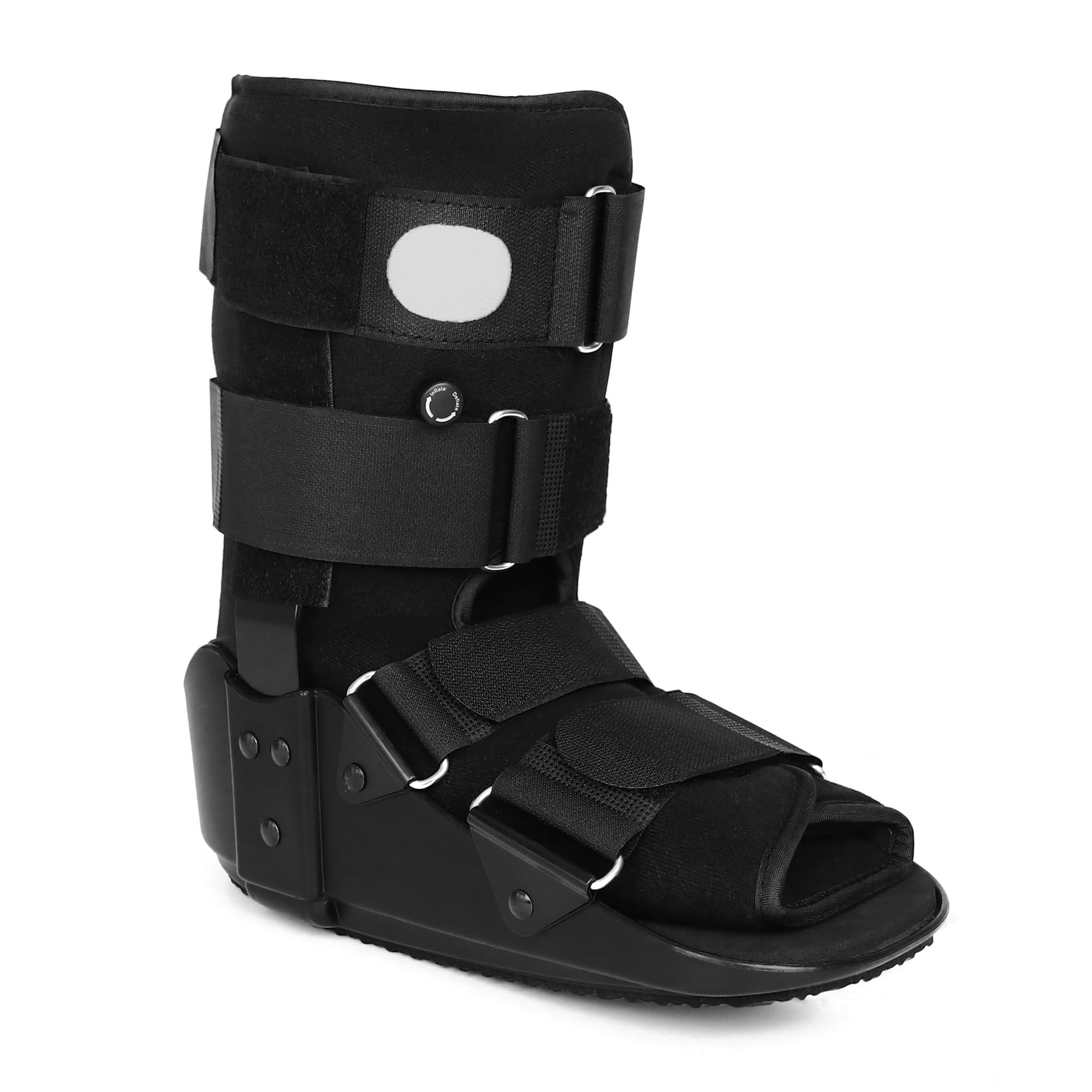Orthotic
AFO WITHOUT JOINT:
Ankle foot orthoses AFOs are external biomechanical
devices utilized on lower limbs to stabilize the joints,
improve the gait and physical functioning of the
affected lower limb. AFO is used as supportive devices
and aid for ambulation through different gait stages by
providing foot clearance, used to limit or
assist ankle and foot ROM like; dorsiflexion, plantar
flexion, improve balance, decrease the risk of falling,
help with weak musculature of lower legs, and to return
to previous activity or facilitate patient mobility.
They are found in different types and different
materials and can be modified according to the use and
the development of the person if it is used for children.
They made from thermoformed plastic material that
enables to add modification and adjustments. AFOs are
used as night splints to prevent contractures in some
cases, patients with stroke, and other neurological
conditions such as SCI and children with cerebral palsy.
Send Message




